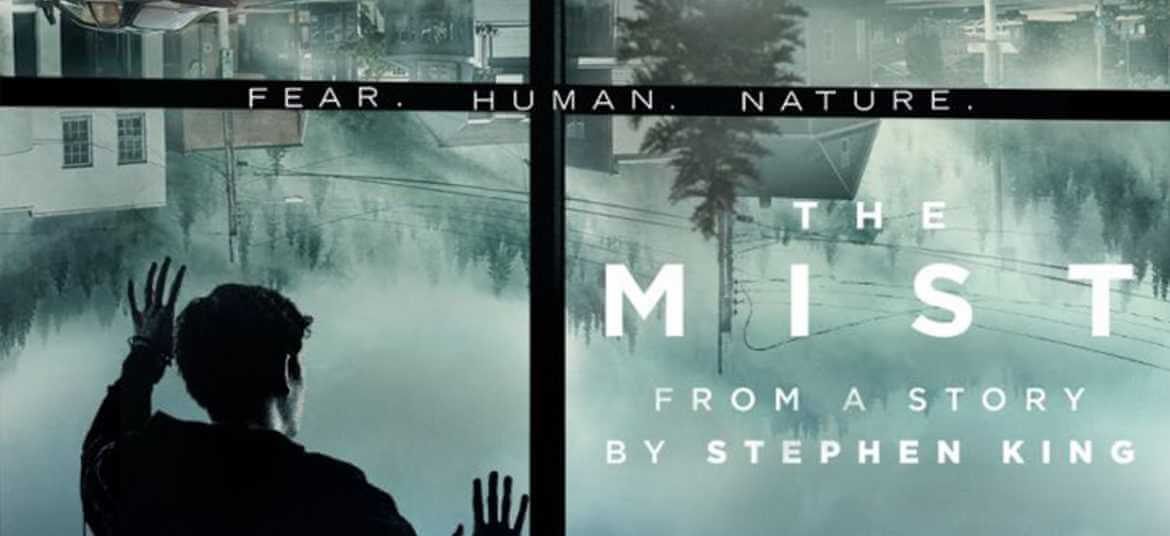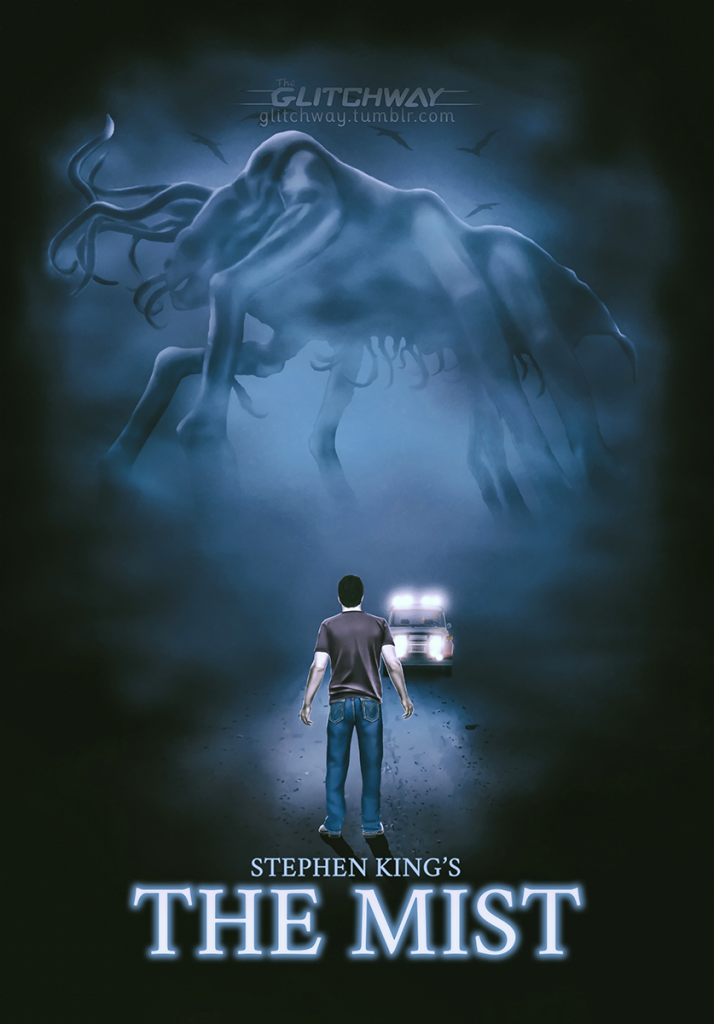

No sooner than this happens, the mist that they had earlier seen on the far side of the lake begins to quickly engulf the whole surroundings in the thick, “impenetrable to sight” layer. Just as they have collected all they need and are waiting their turn on the counter, a man comes running in, bleeding and befuddled, and tells everyone that there is something in the mist, something horrible that took his friend.

Also, phones are not working, electricity is down, and there is an unusual appearance of the army in the town. In a need to restock their supplies, David and his son run an errand to the supermarket, which they find is crowded by almost everyone that they know in the town. While examining their losses, they notice a thick mist developing over the surface of the lake, on whose banks their house stands, though it is still too far to draw any substantial conclusions about. In the morning, they discover that a tree has run through the window and into his studio and that their boat-house has been completely shattered as well. David is an artist who finds refuge in his basement, with his wife and son, for the night. It begins with a stormy night in the small town of Bridgton, Maine.

Before we immerse ourselves completely into the murky rationalisation of what happened in the story, here is a short recap. In the 2007 film ‘The Mist’, something similar, but worse, happened. The best example of this is the “clown-ophobia” that people suffer from because of ‘It’. It comes as no surprise that the film succeeded in making such an impact, because it was based on Stephen King’s novel of the same name, and if there is one thing King does right, it is finding different ways to terrify his readers and provide them with one or more forms of fears that stick into one’s subconscious and materialise as irrational phobias. Perhaps, this is the reason why Frank Darabont’s ‘The Mist’ made such an impact, that even a decade after its release, one cannot help but be repulsed by the absolute dread that it served in the form of its heart-wrenching ending.

And honestly, this is exactly what the audience wants. The introduction to a new backdrop not only gives one a fresh start but also provides the filmmakers with ample opportunity to surprise their audience. Most commonly, we find the horror films to have some gothic, Victorian-era setting and while the atmosphere plays a great role in setting the mood, its overuse leads to the story being predictable and repetitive. One of the trickiest genres in filmmaking is that of horror.


 0 kommentar(er)
0 kommentar(er)
